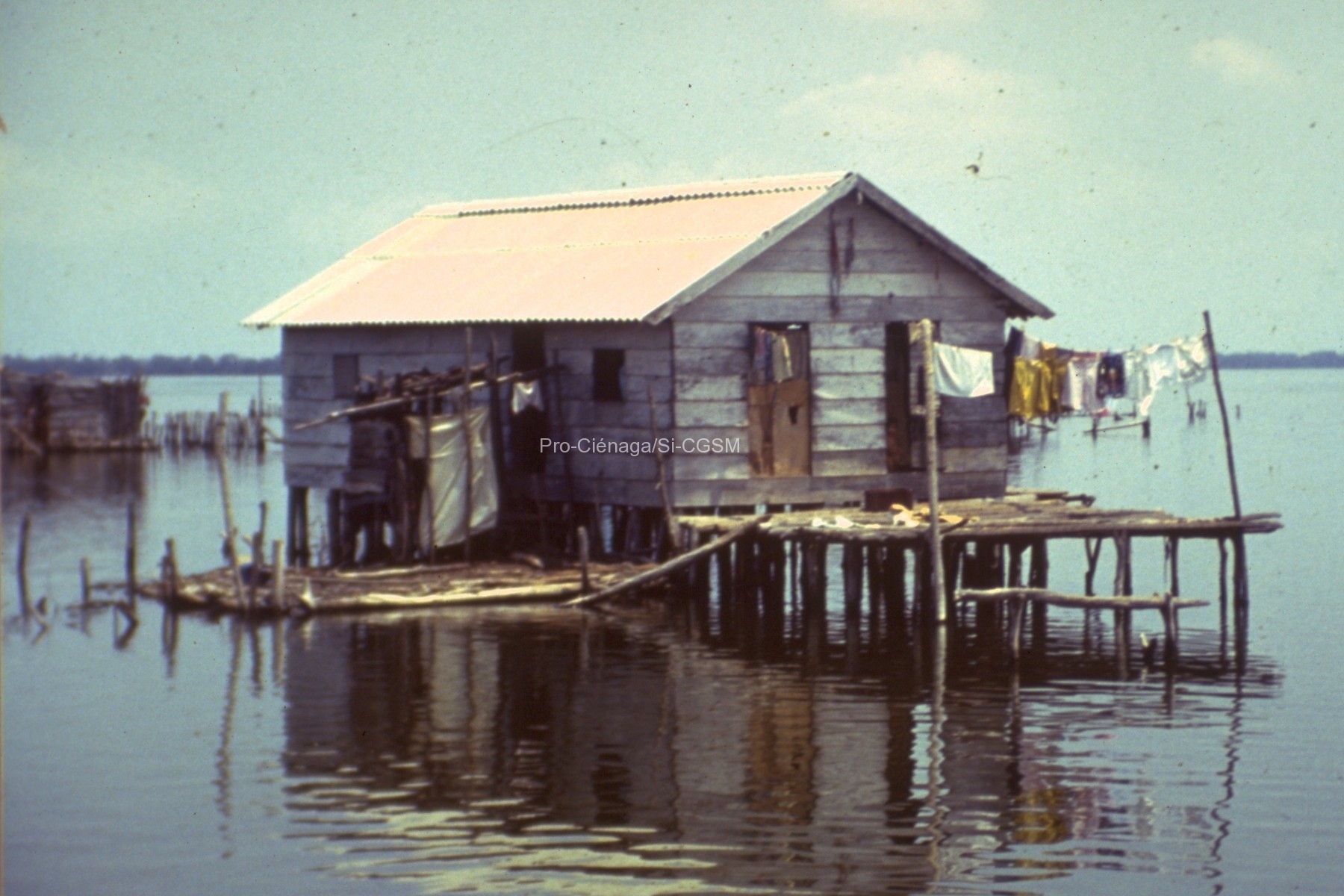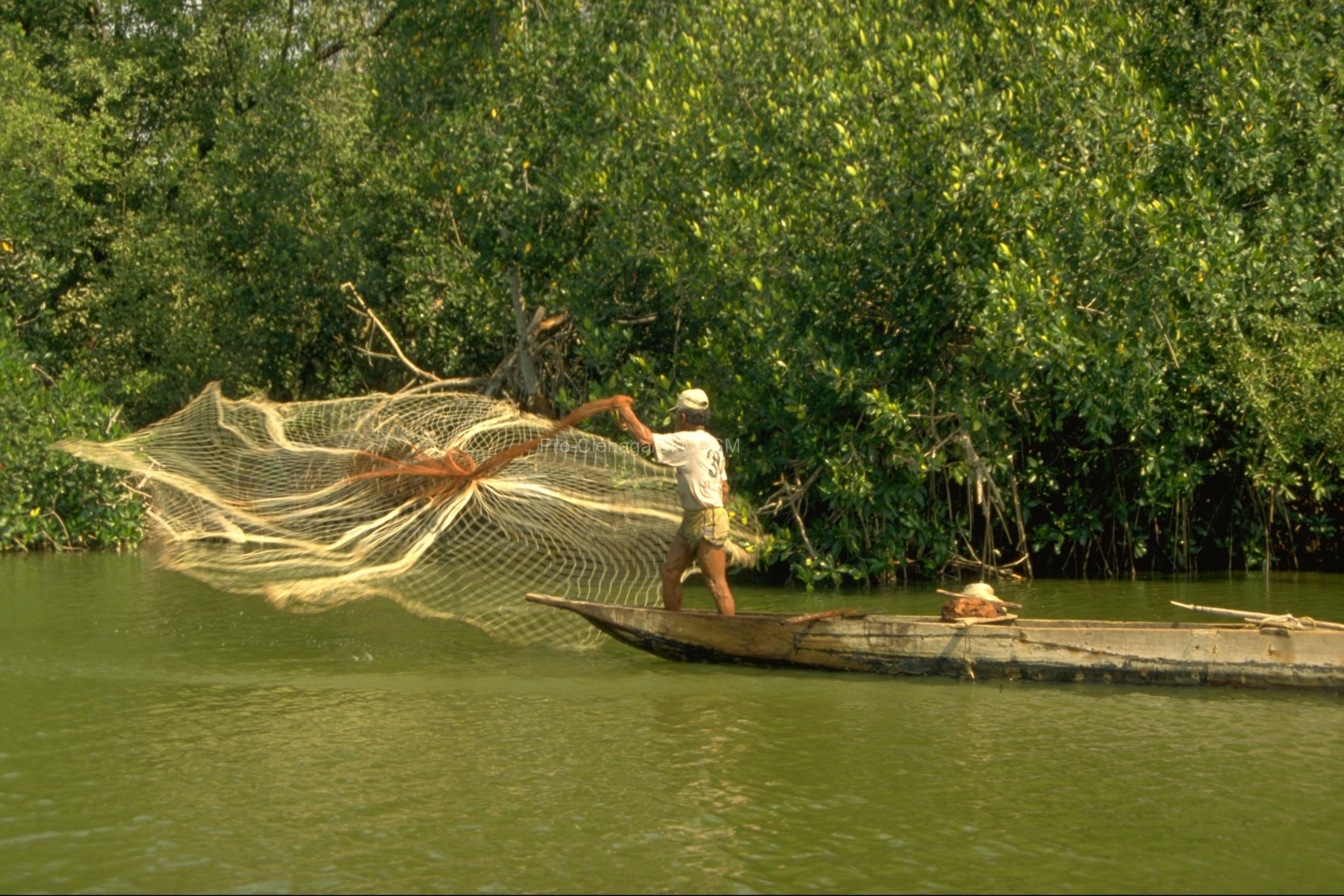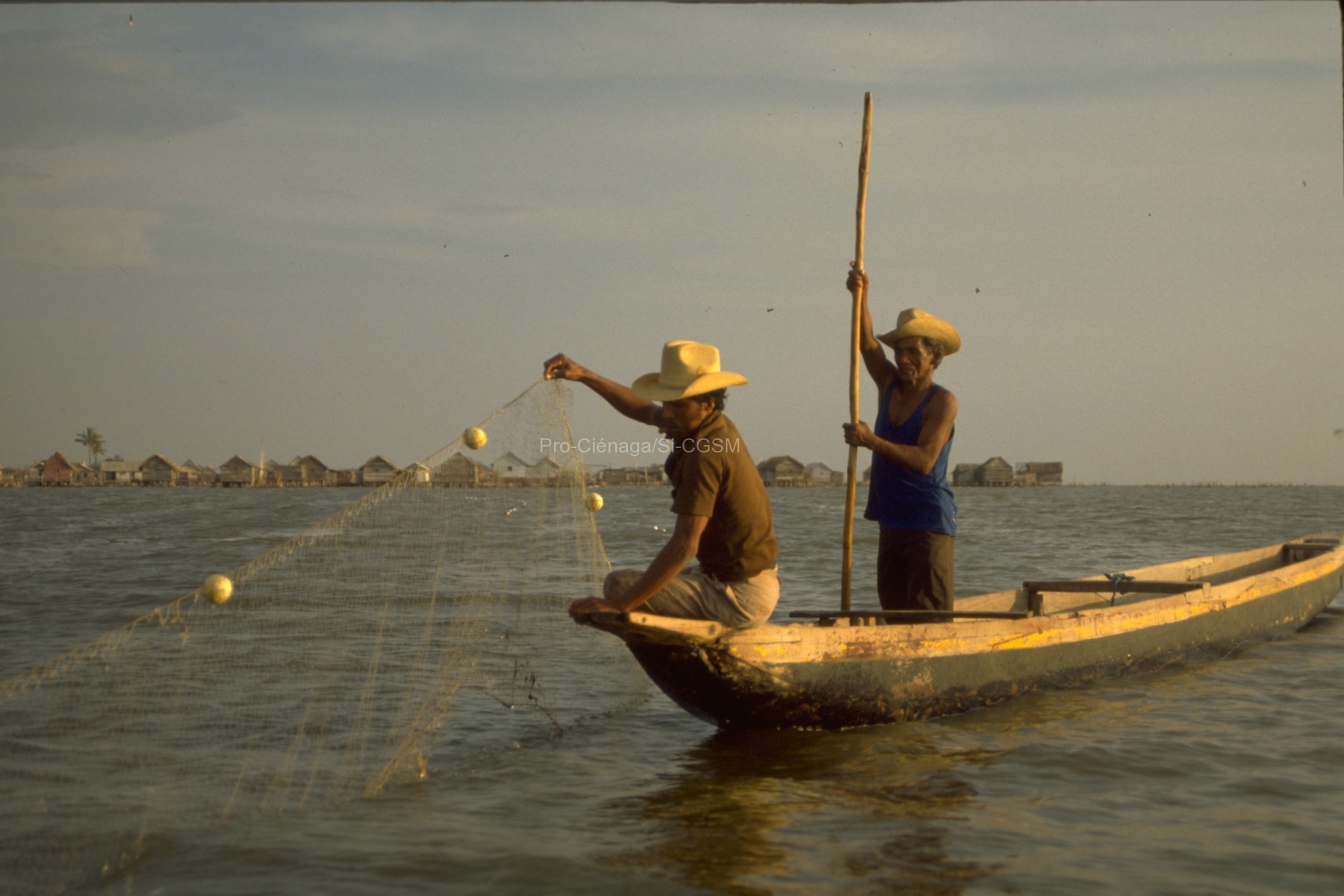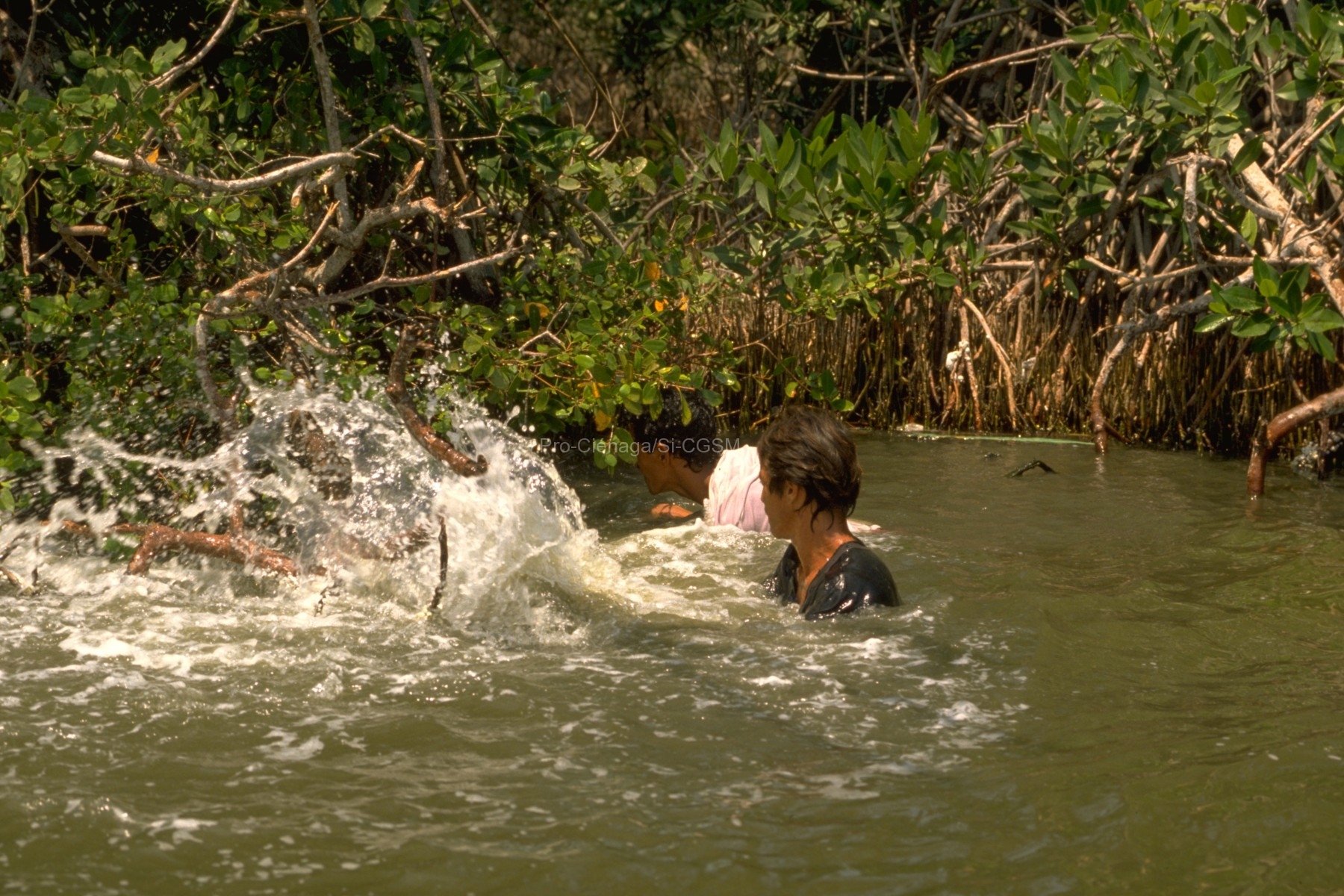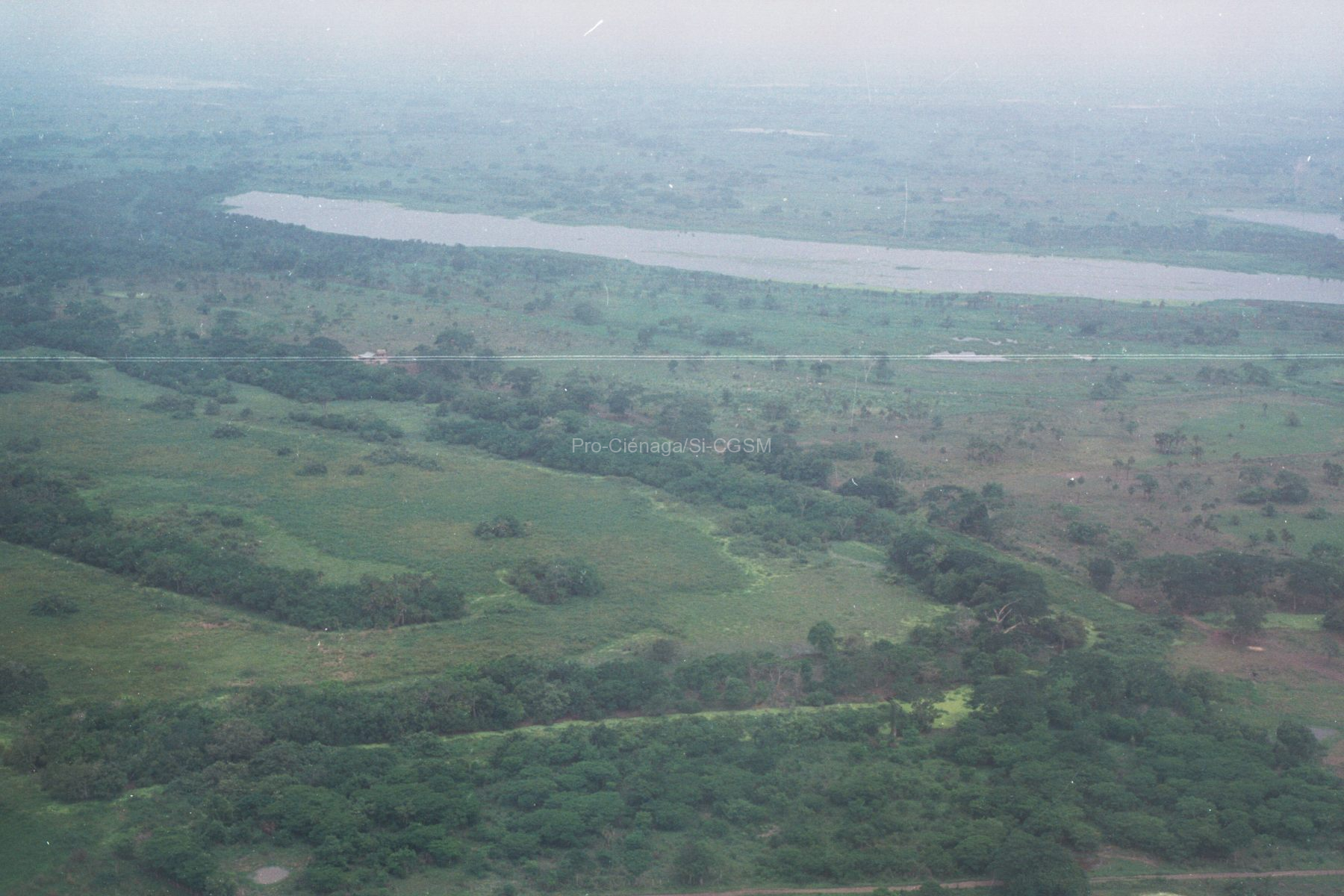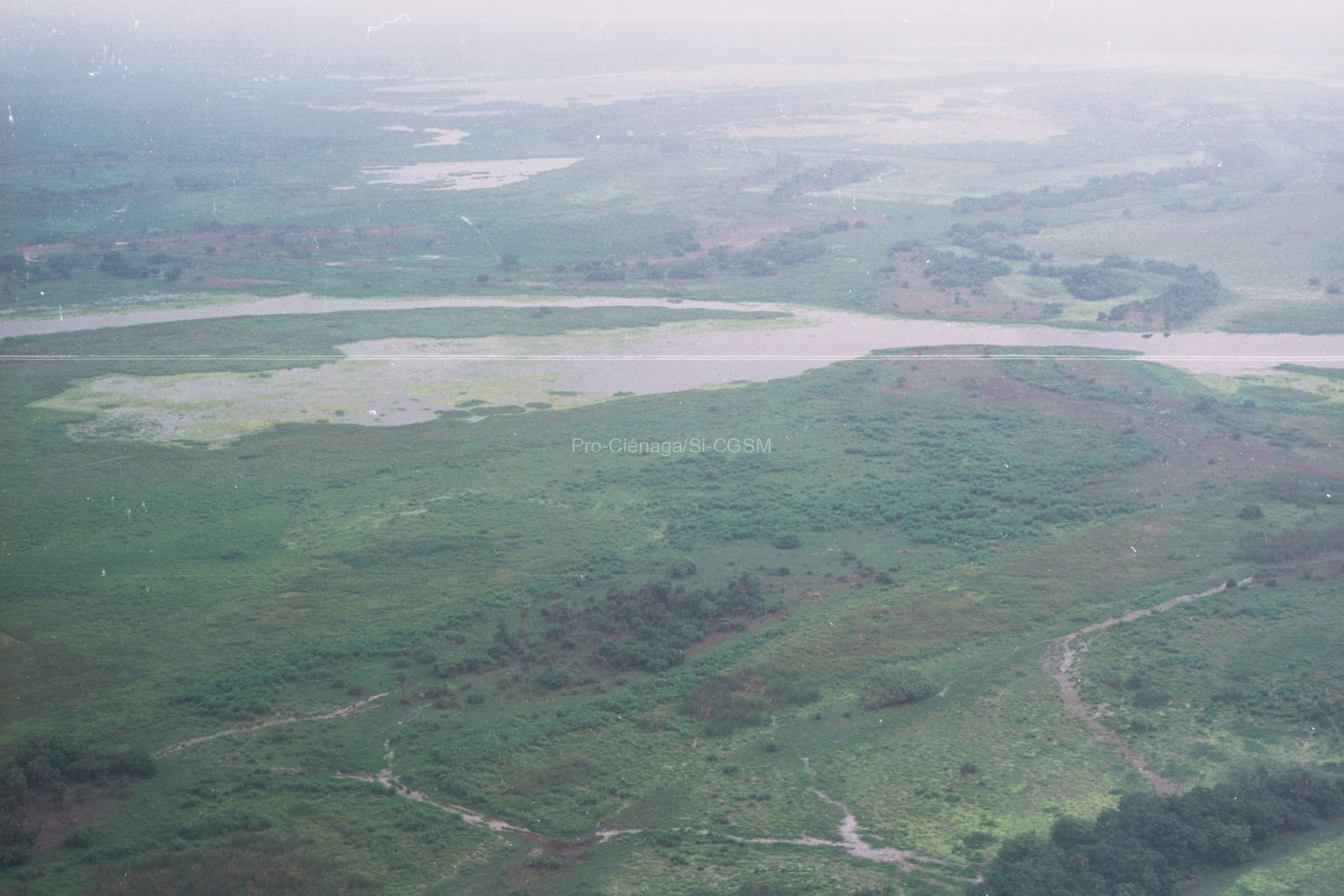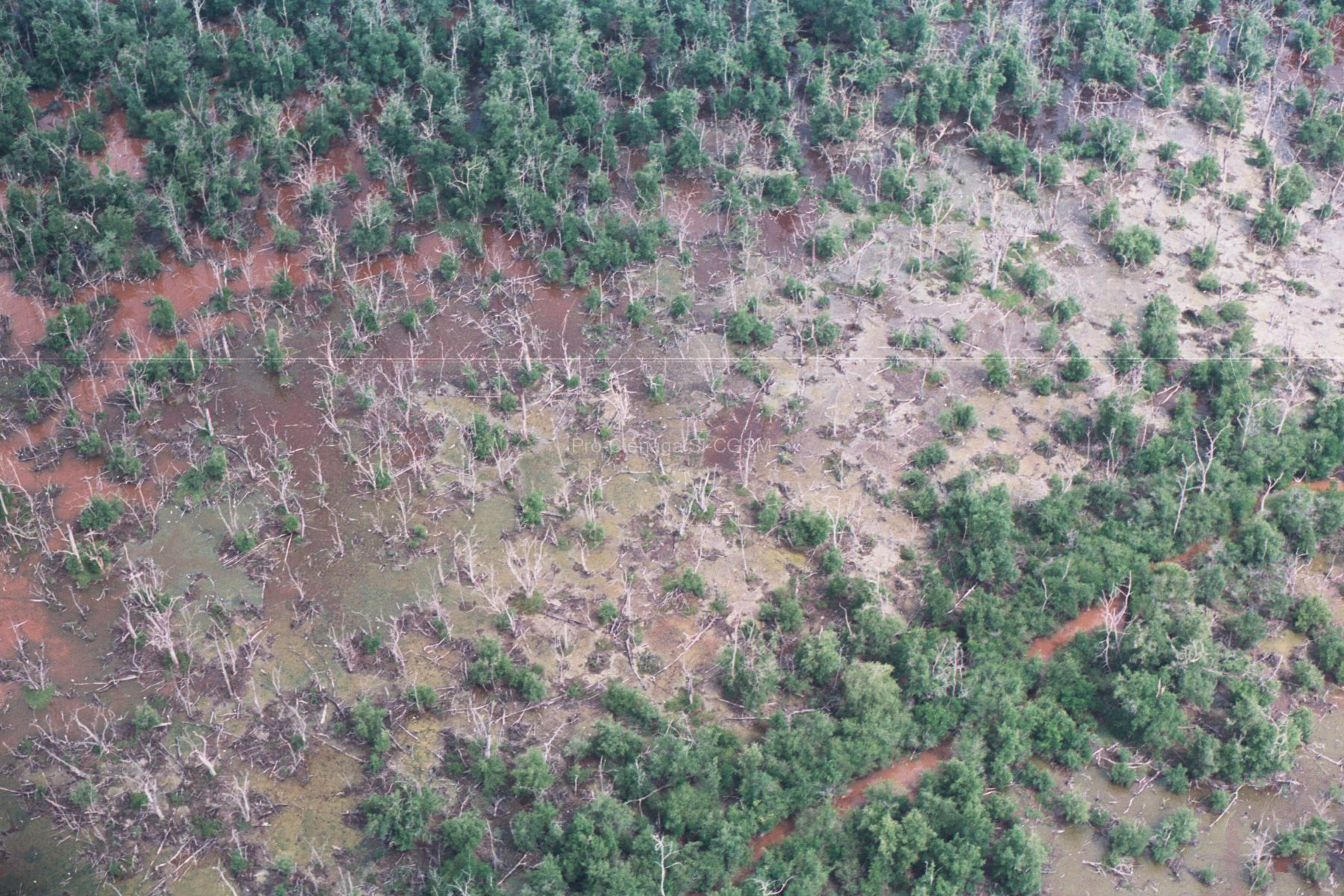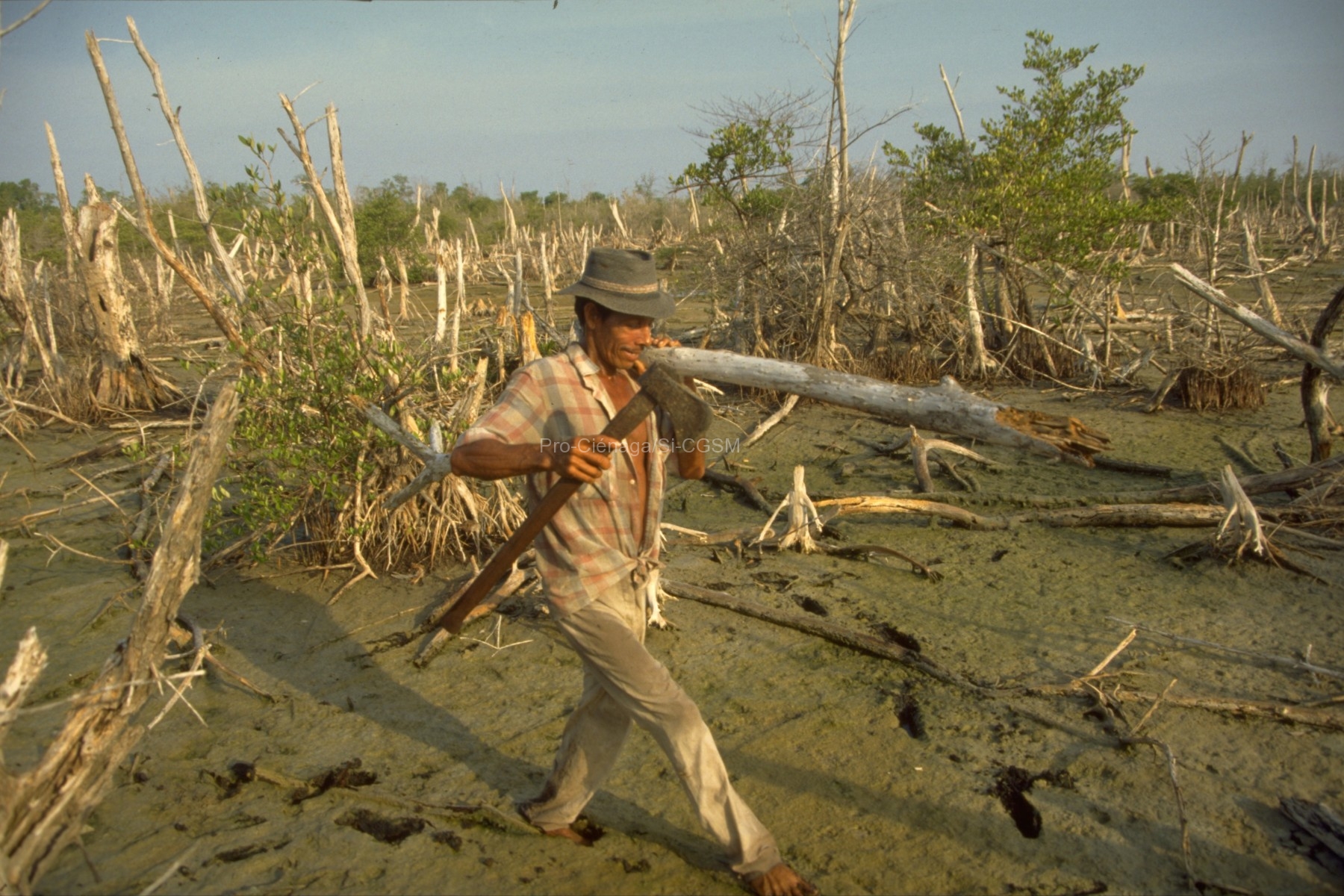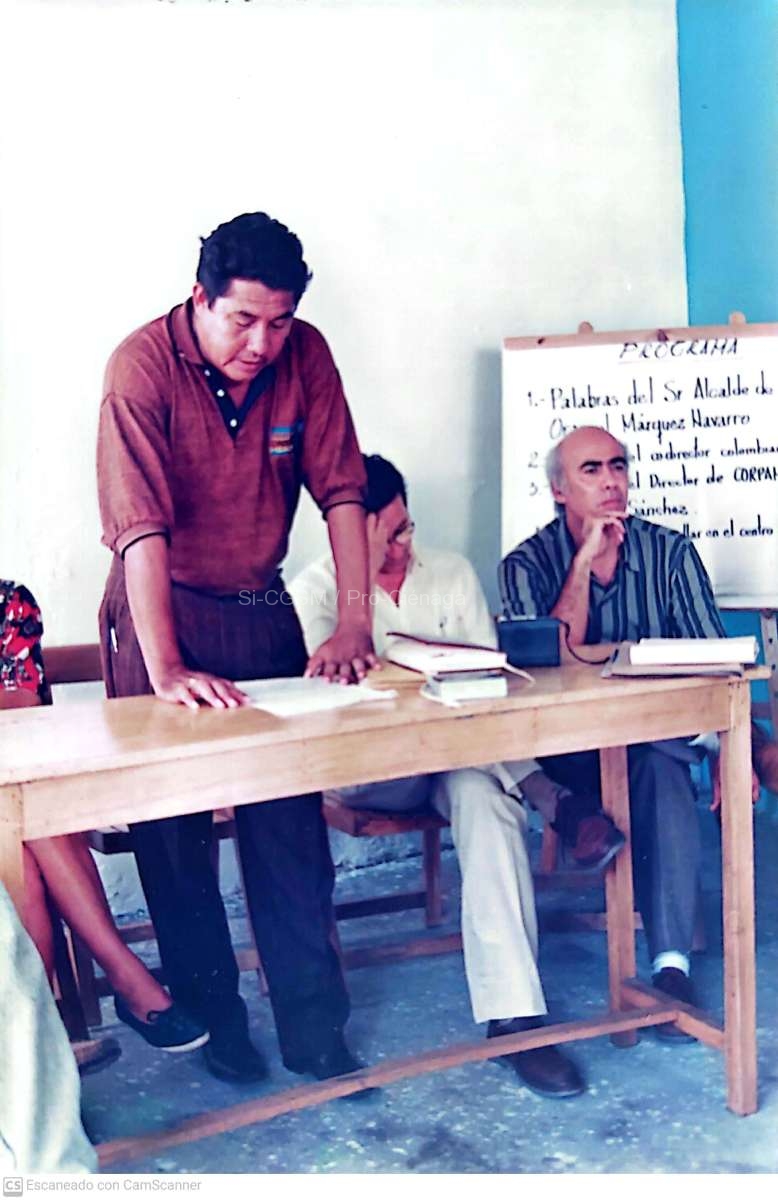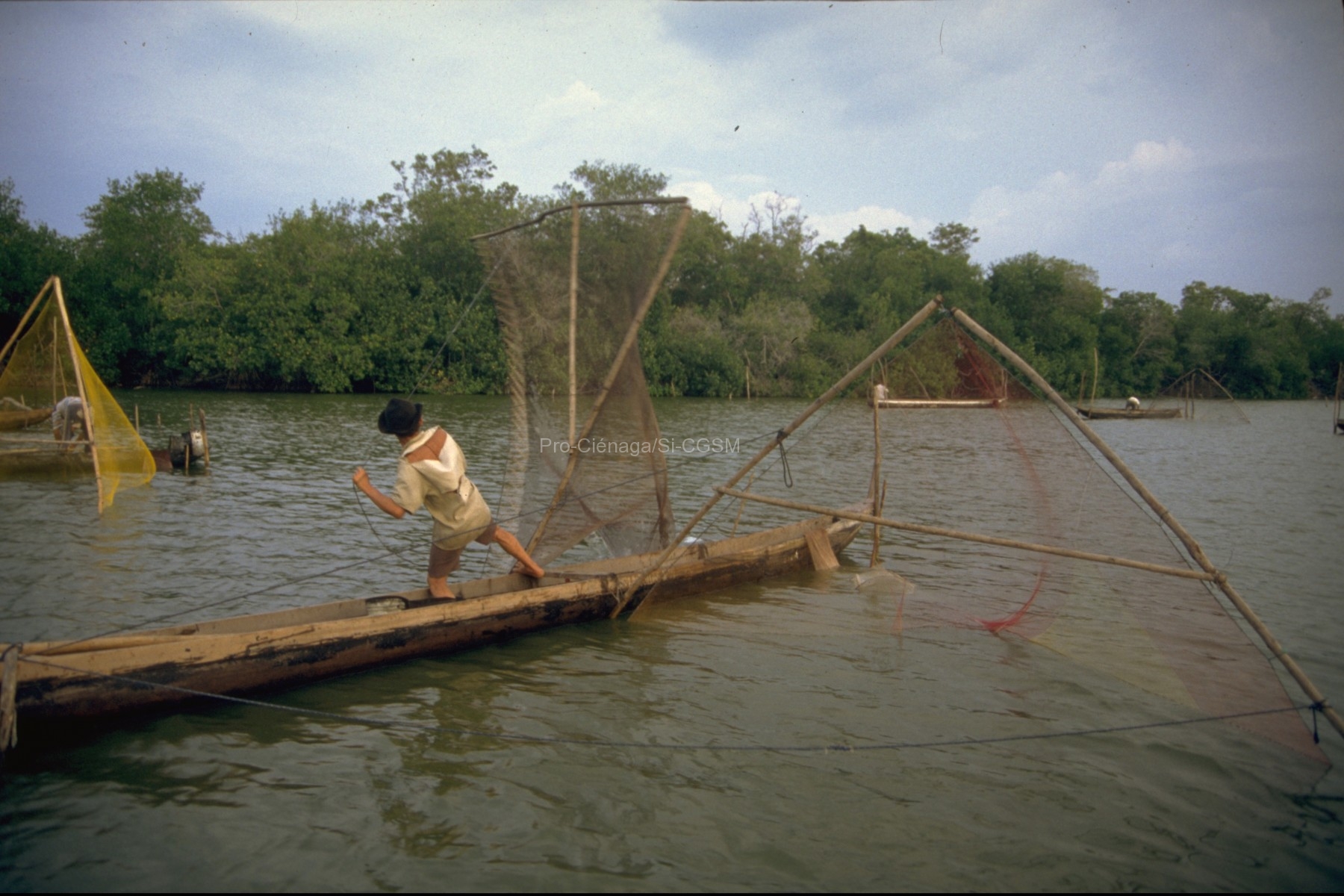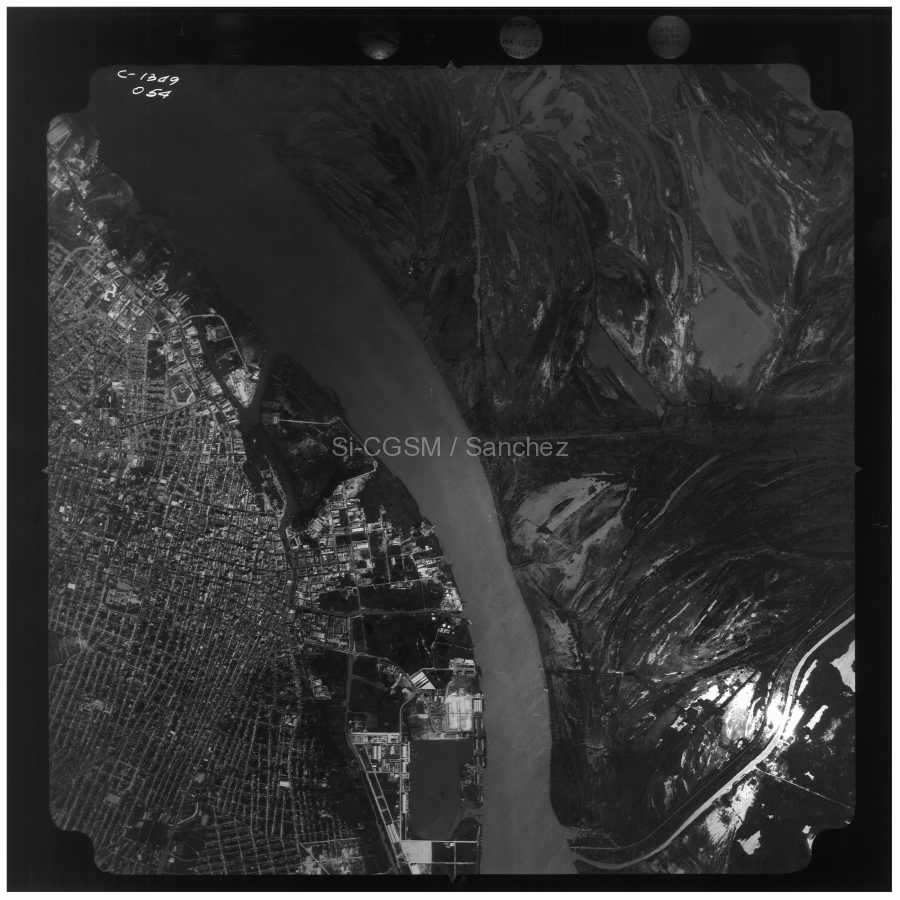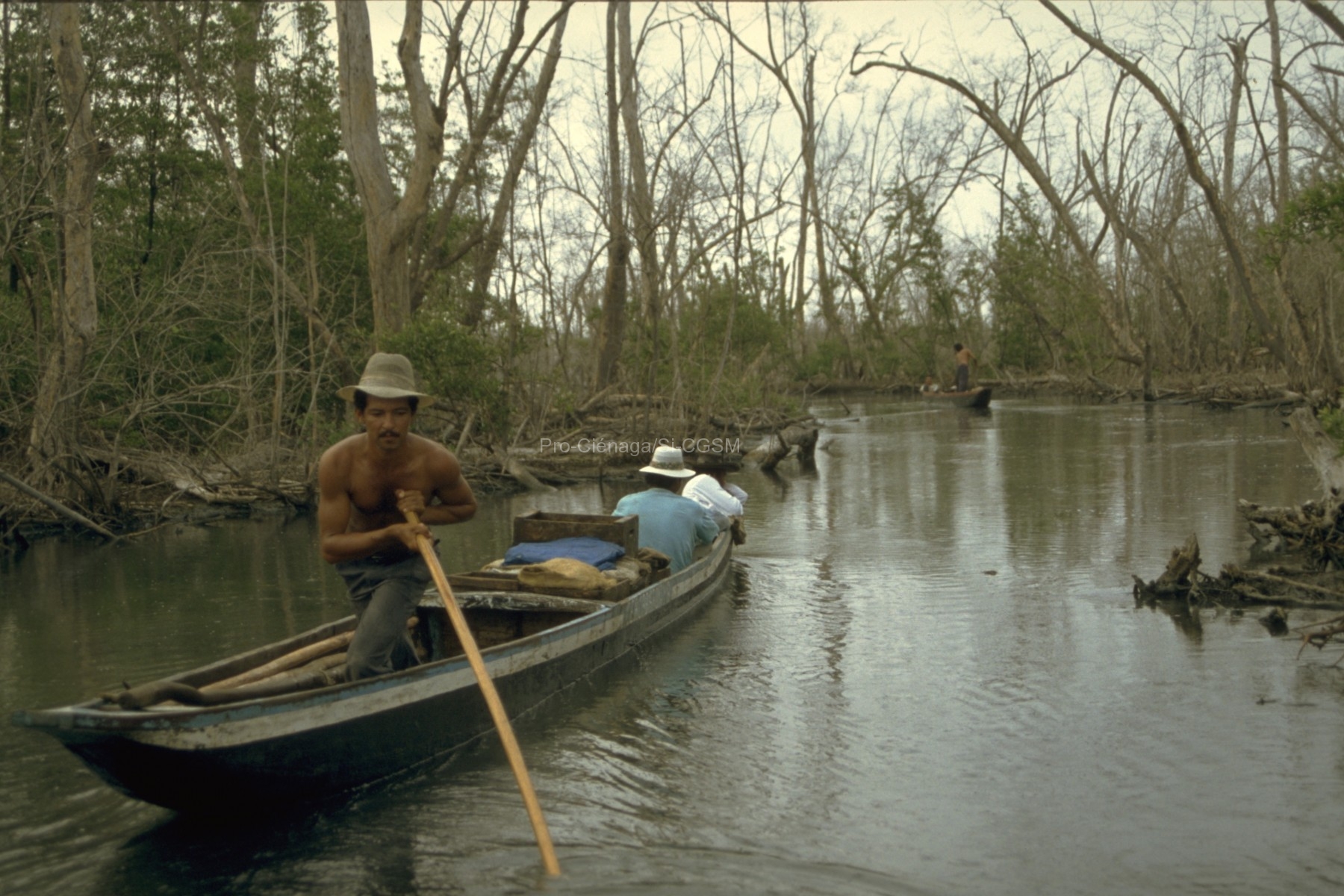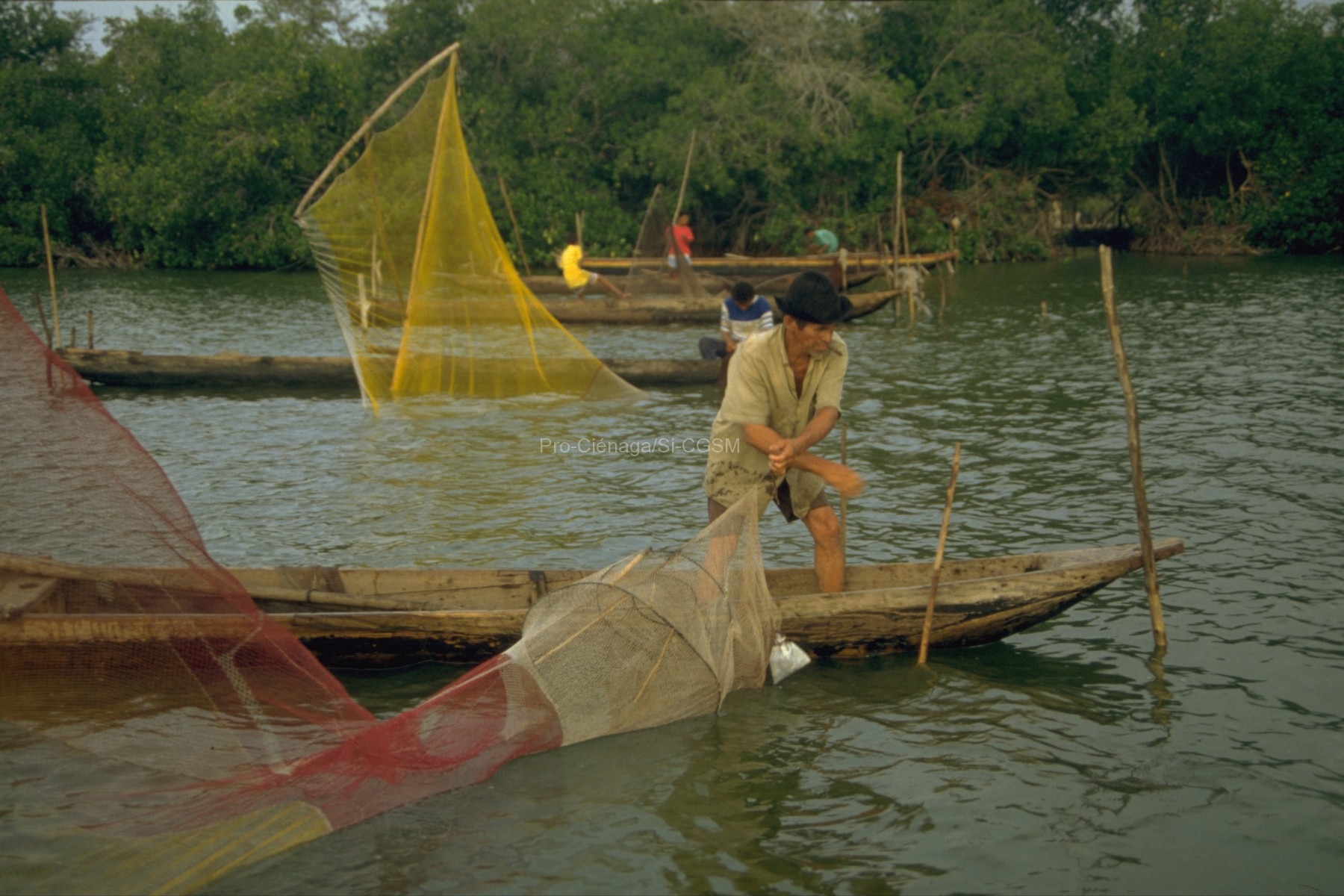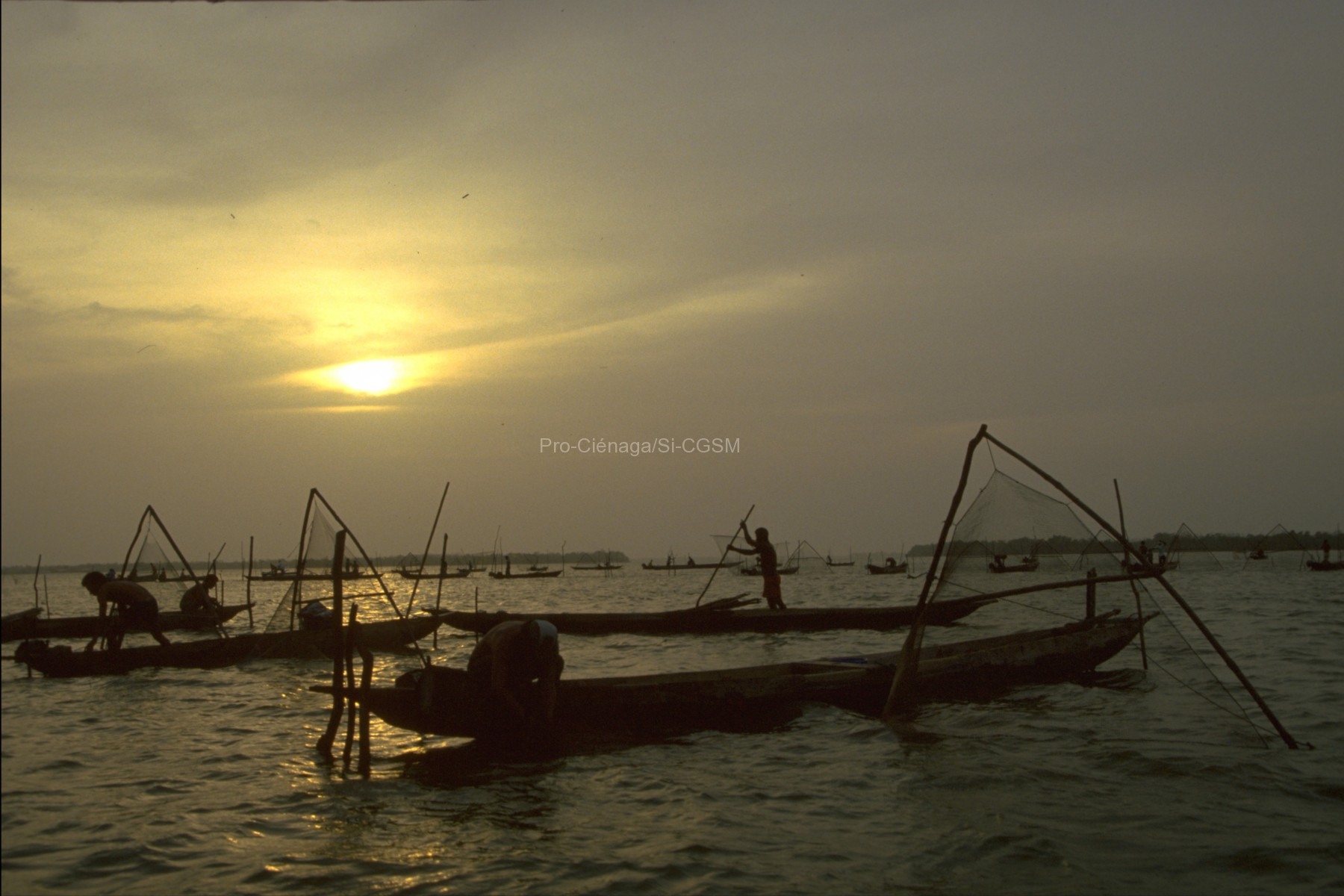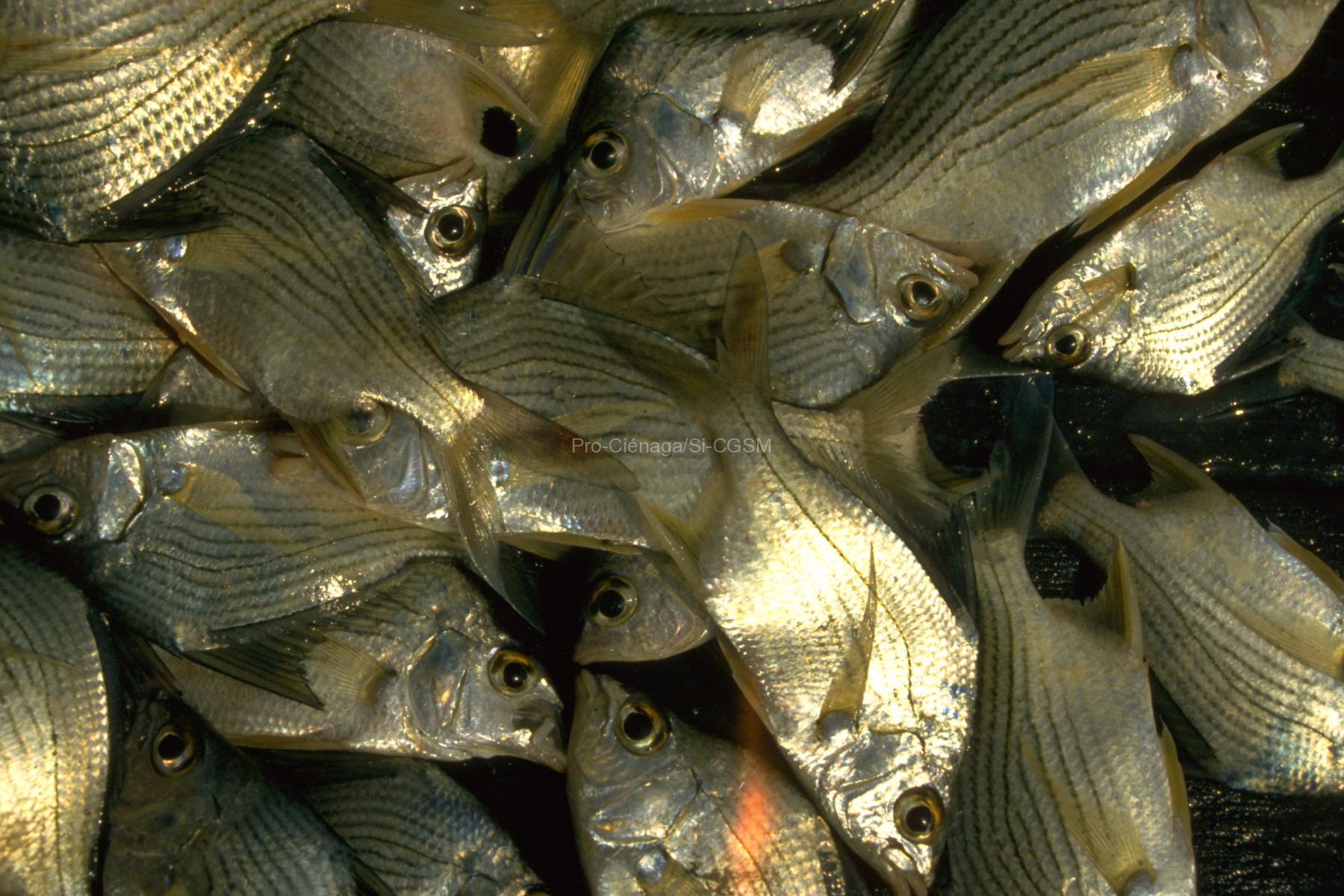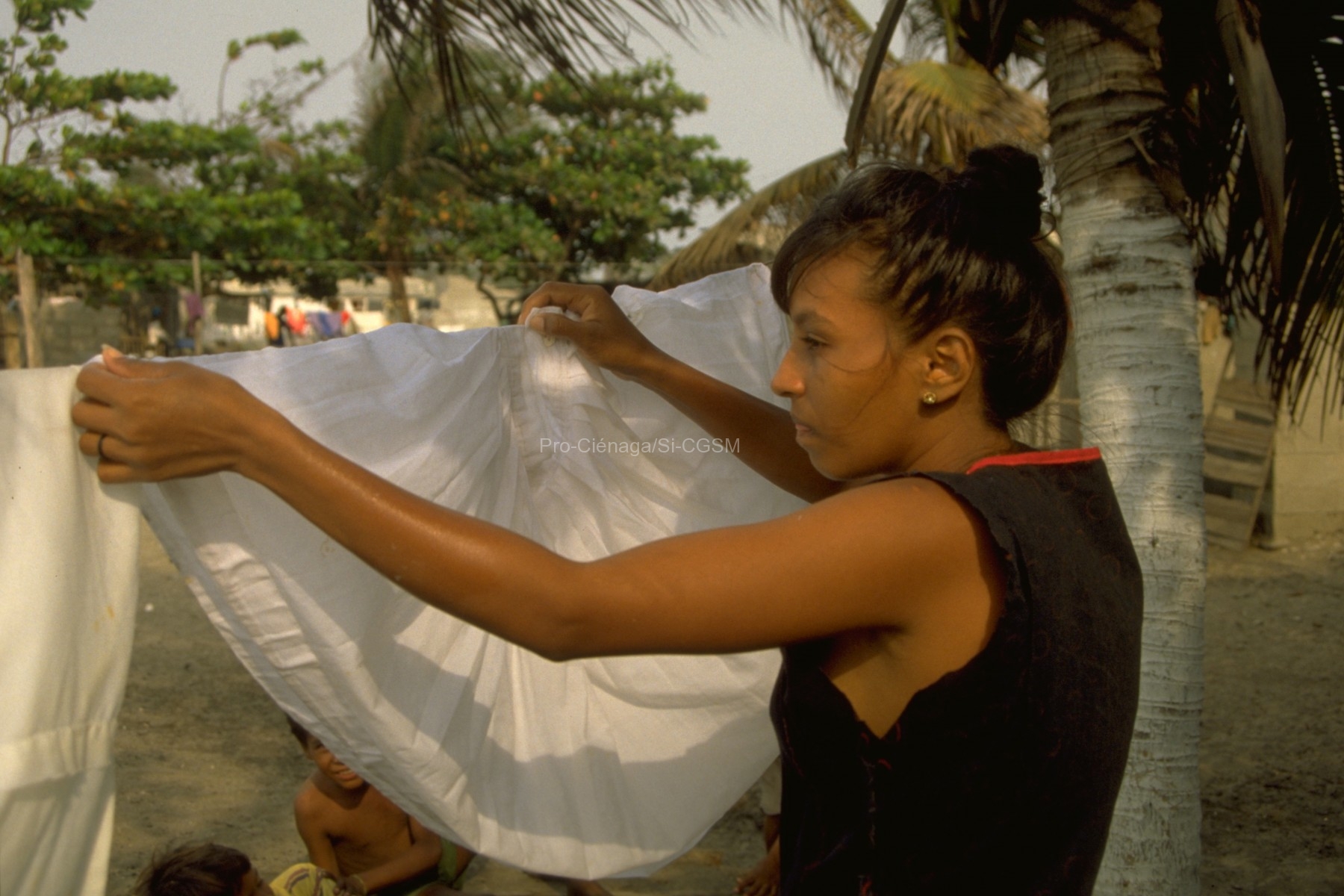El ecosistema Ciénaga Grande de Santa Marta es eutrófico y autotrófico debido a los subsidio de energía-materia y en especial al de fósforo cuyo origen es...
Seguir leyendo...Producción primaria
Hernández Jiménez, C. A. (1986). Producción primaria y dinámica del fitoplancton en la Ciénaga Grande de Santa Marta, Colombia. Tesis, Universidad Nacional de Colombia, Bogotá, 177 p.
DCA La producción primaria neta del fitoplancton en la Ciénaga Grande de Santa Marta es relativamente alta respecto a otro ecosistemas acuaticos; la fijación de carbono...
Seguir leyendo...Hernández, C. A., & Gocke, K. (1990). Productividad primaria en la Ciénaga Grande de Santa Marta, Colombia. An. Inst. Invest. Mar. Punta Betín, 19(20), 101-119.
http://www.oceandocs.org/bitstream/handle/1834/3886/01203959_19_2005.pdf?sequence=1&isAllowed=y Entre enero 1987 y enero 1988 se estudiaron la productividad primaria y una serie de factores relacionados con ella en la Ciénaga Grande de Santa...
Seguir leyendo...Granados Martínez, C., Rodríguez Chila, J., & López Salgado, H. (2011). Producción primaria fitoplantonica y metabolismo durante una época lluviosa en una laguna costera estuarina tropical. Ciénaga Grande de Santa Marta. Intropica, 6(1), 9-19.
https://revistas.unimagdalena.edu.co/index.php/intropica/article/view/235/207 Se analizaron las condiciones ambientales y biológicas en cuatro estaciones de la Ciénaga Grande de Santa Marta (CGSM): Boca de la Barra (BA), Boca del...
Seguir leyendo...Gocke, K., Meyerhöfer, M., Mancera-Pineda, J. E., & Vidal, L. A. (2003). Phytoplankton composition in coastal lagoons of different trophic status in northern Colombia determined by microscope and HPLC-pigment analysis. Boletín de Investigaciones Marinas y Costeras-INVEMAR, 32(1), 263-278.
http://www.scielo.org.co/scielo.php?pid=S0122-97612003000100014&script=sci_arttext&tlng=pt The regional differences in the composition of the phytoplankton assemblages in several coastallagoons of the “Outer Delta of the Río Magdalena” (Caribbean coast of Colombia)...
Seguir leyendo...Gocke, K., Mancera Pineda, J. E., Vidal, L. A., & Fonseca, D. (2003). Planktonic primary production and community respiration in several coastal lagoons of the outer delta of the rio Magdalena, Colombia. Boletín de Investigaciones Marinas y Costeras – INVEMAR, 32(1), 125-144.
http://www.scielo.org.co/scielo.php?script=sci_abstract&pid=S0122-97612003000100007&lng=en&nrm=iso&tlng=en To understand the responses of the plankton community to the negative large-scale human impacts in a tropical coastal lagoon complex, we carried out a regional...
Seguir leyendo...Gocke, K., Hernández, C., Giesenhagen, H., & Hoppe, H.-G. (2004). Seasonal variations of bacterial abundance and biomass and their relation to phytoplankton in the hypertrophic tropical lagoon Ciénaga Grande de Santa Marta, Colombia. Journal of Plankton Research, 26(12), 1429-1439.
https://academic.oup.com/plankt/article/26/12/1429/1561844?login=false The seasonal development of bacteria was studied in the hypertrophic coastal lagoon Ciénaga Grande de Santa Marta (Caribbean coast of Colombia). This large but only...
Seguir leyendo...Cloern, J. E., & Jassby, A. D. (2010). Patterns and Scales of Phytoplankton Variability in Estuarine-Coastal Ecosystems. Estuaries and Coasts, 33(2), 230-241.
https://doi.org/10.1007/s12237-009-9195-3 Phytoplankton variability is a primary driver of chemical and biological dynamics in the coastal zone because it directly affects water quality, biogeochemical cycling of reactive...
Seguir leyendo...Cloern, J. E., & Jassby, A. D. (2008). Complex seasonal patterns of primary producers at the land-sea interface. Ecology Letters, 11(12), 1294-1303.
https://doi.org/10.1111/j.1461-0248.2008.01244.x Seasonal fluctuations of plant biomass and photosynthesis are key features of the Earth system because they drive variability of atmospheric CO2, water and nutrient cycling,...
Seguir leyendo...
